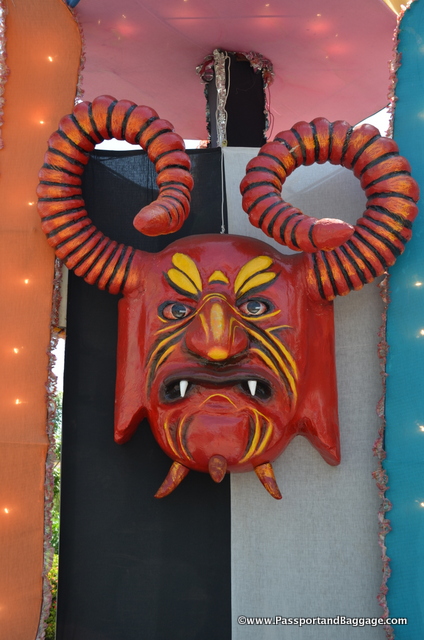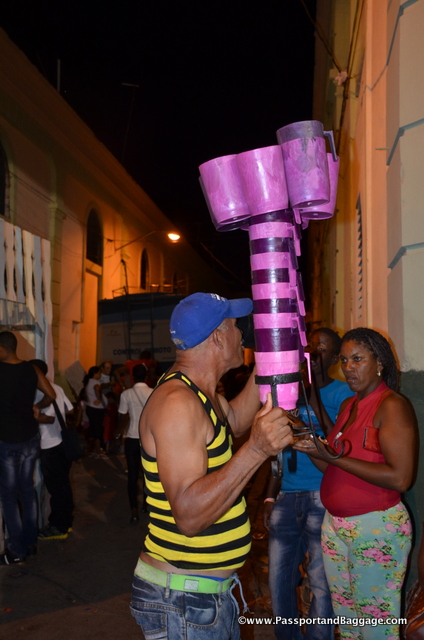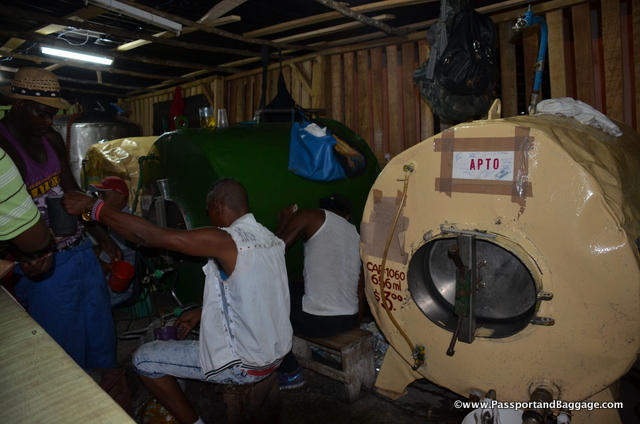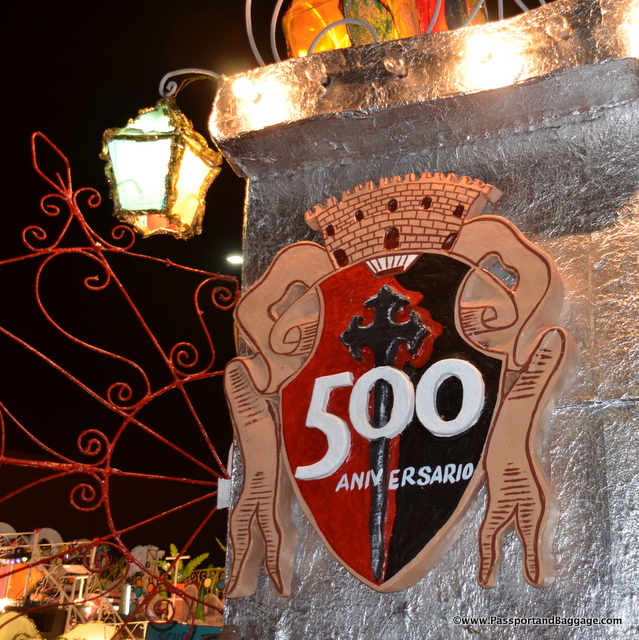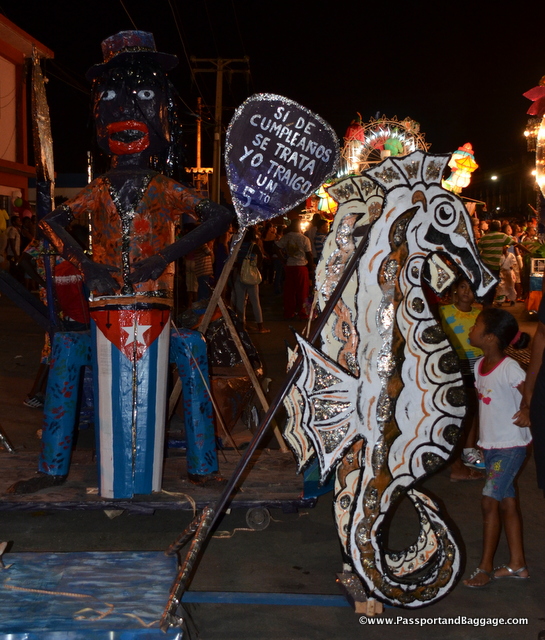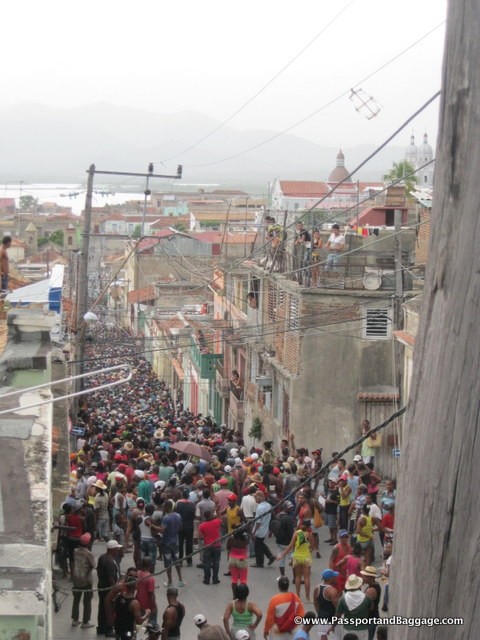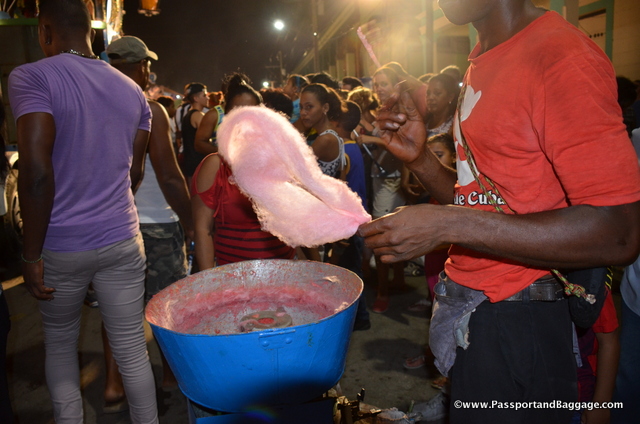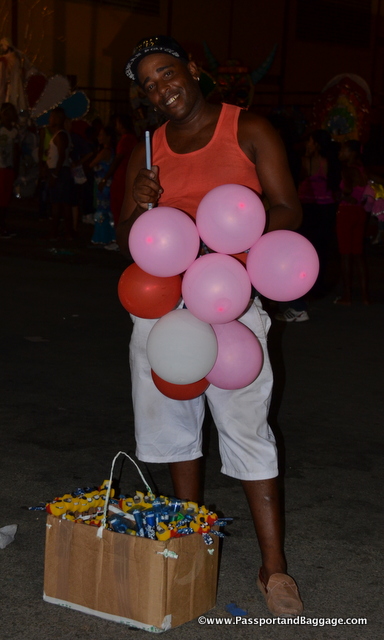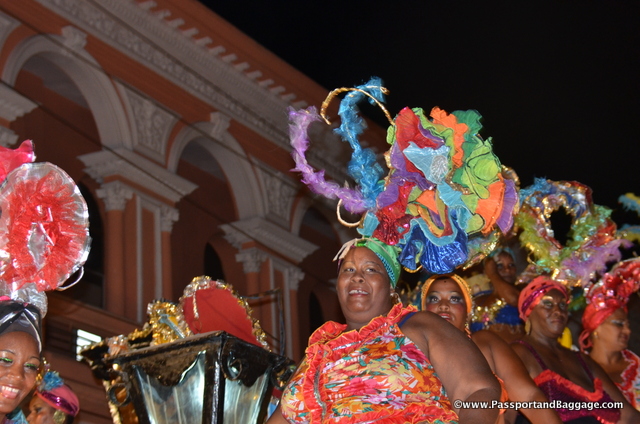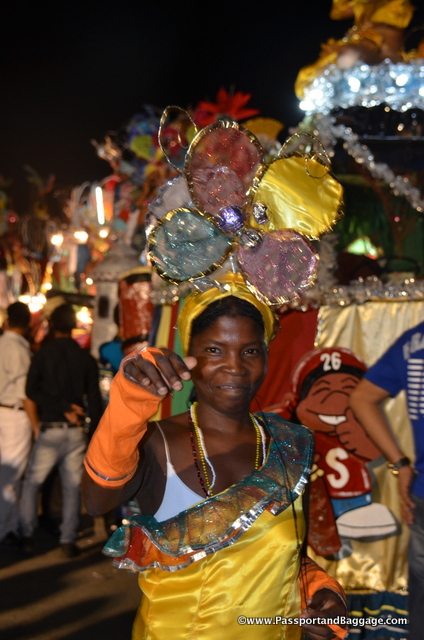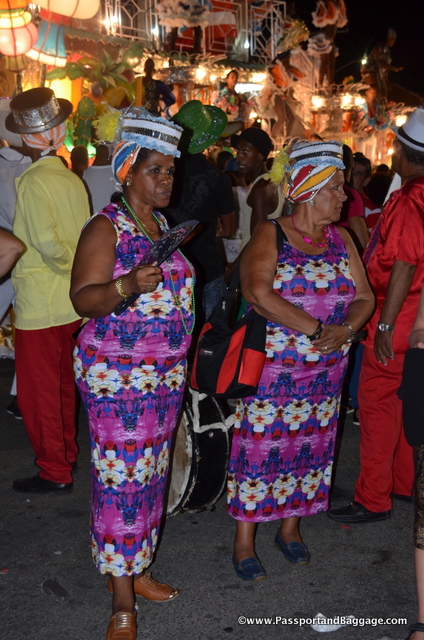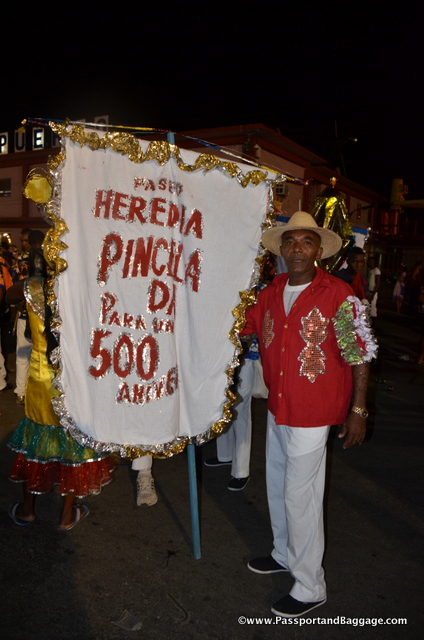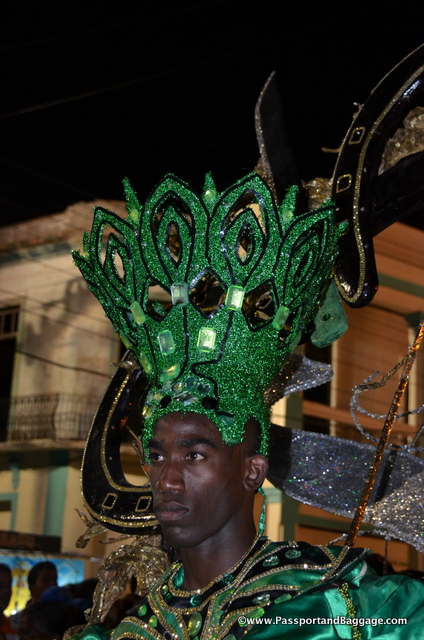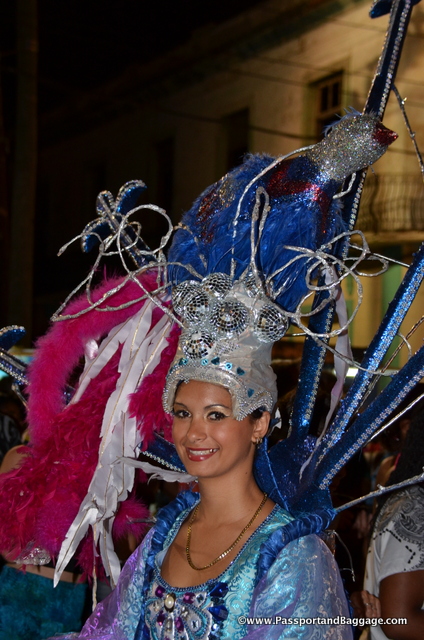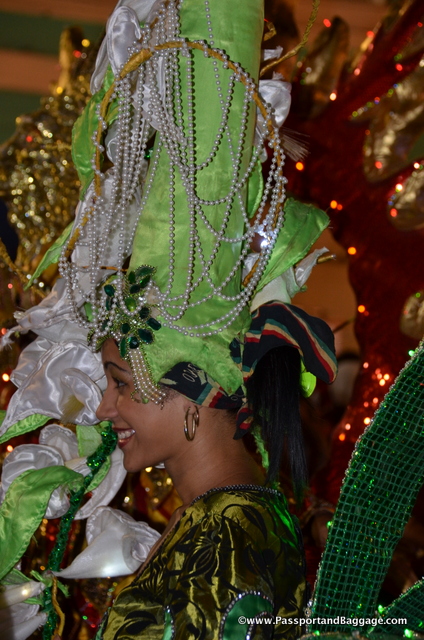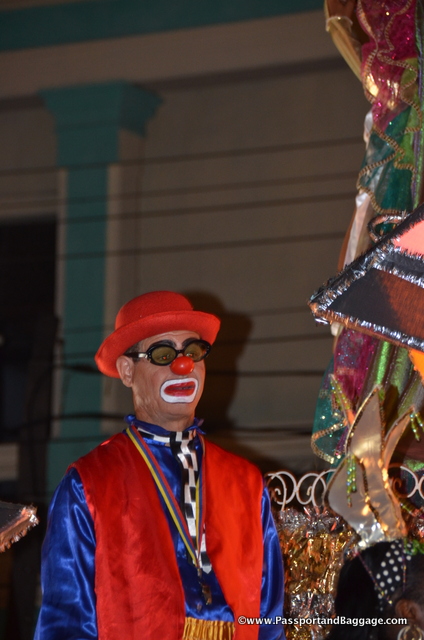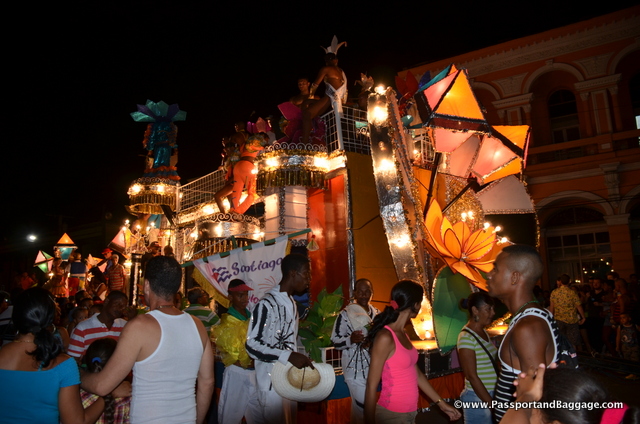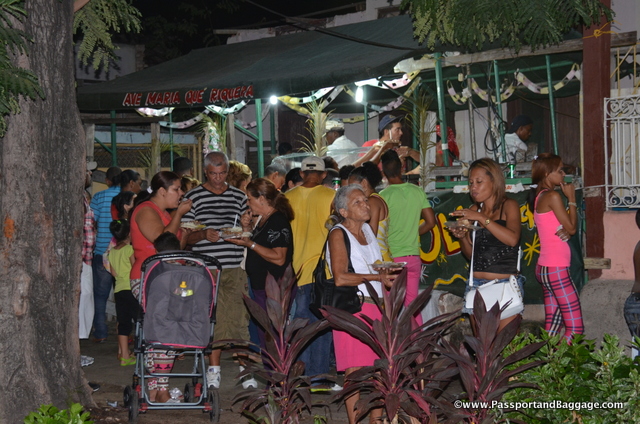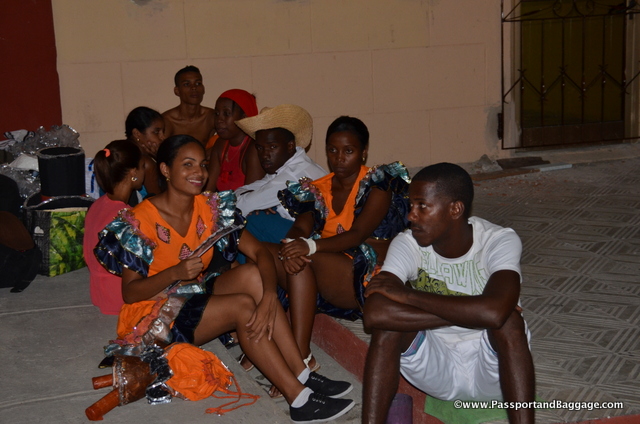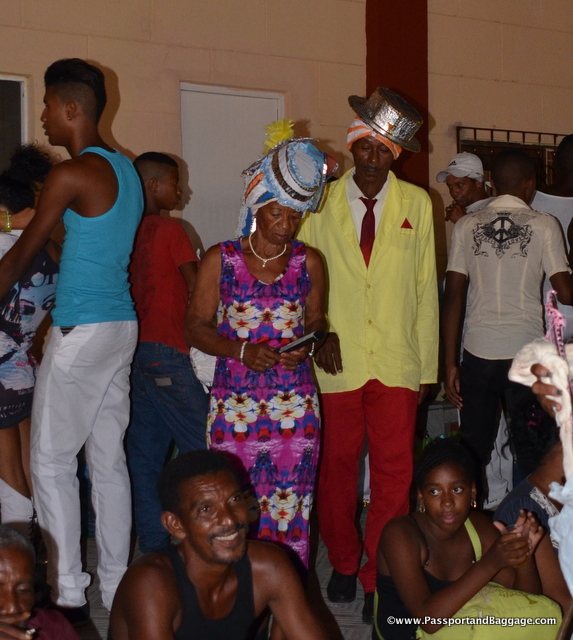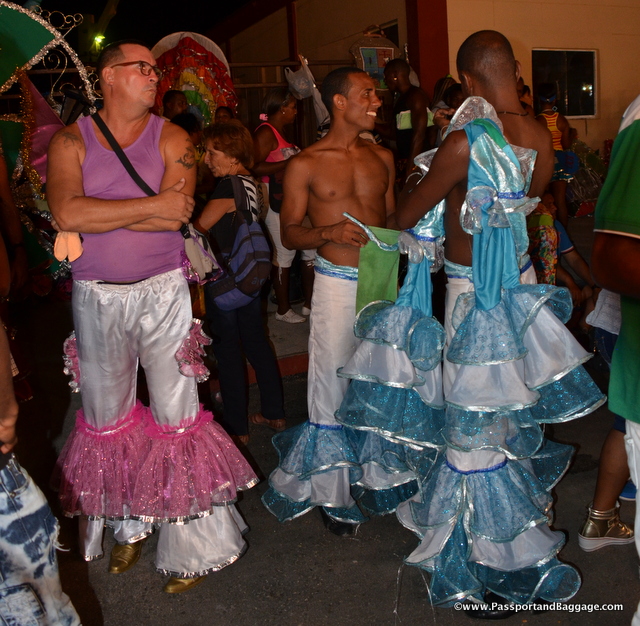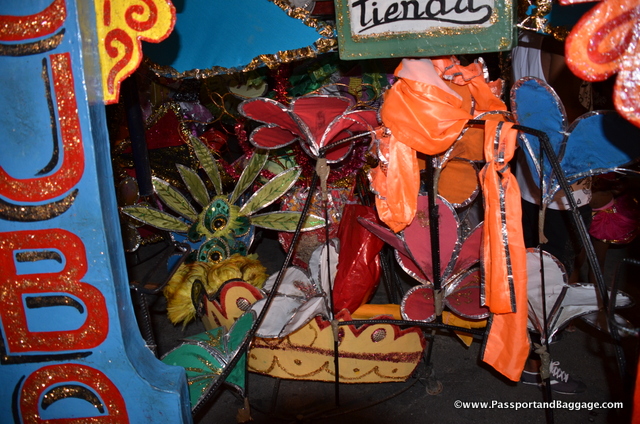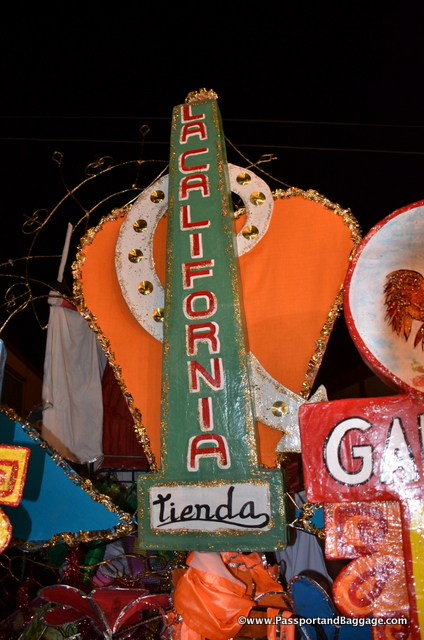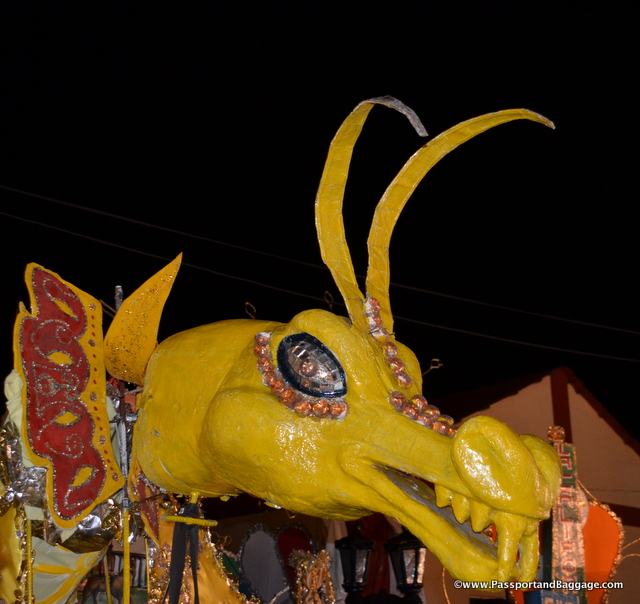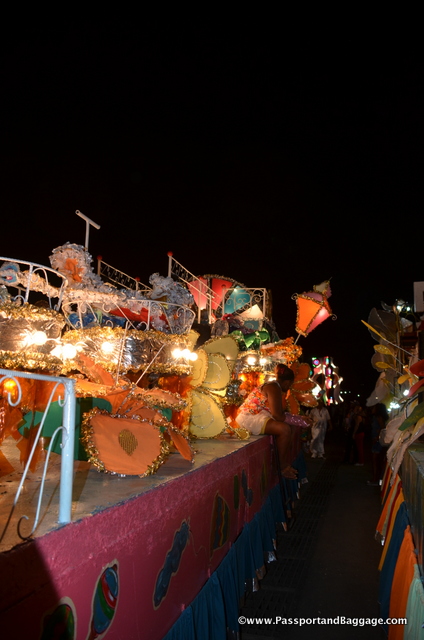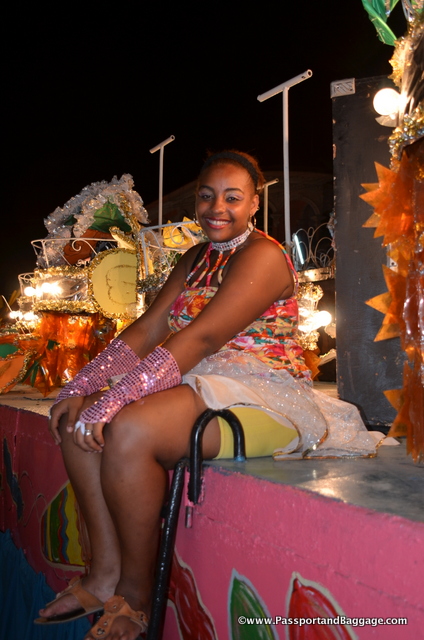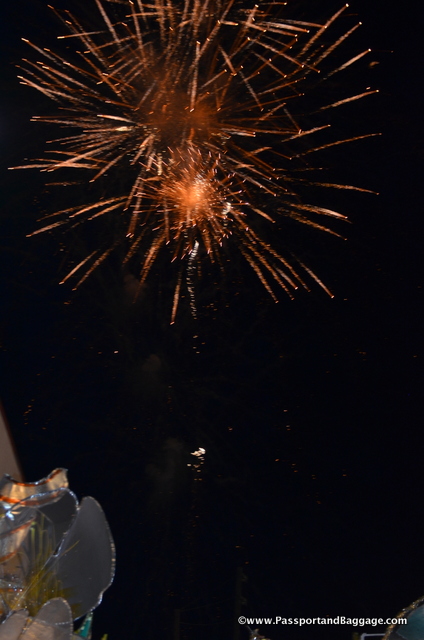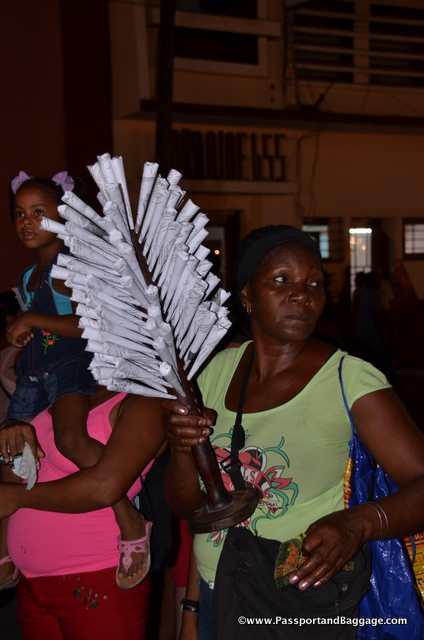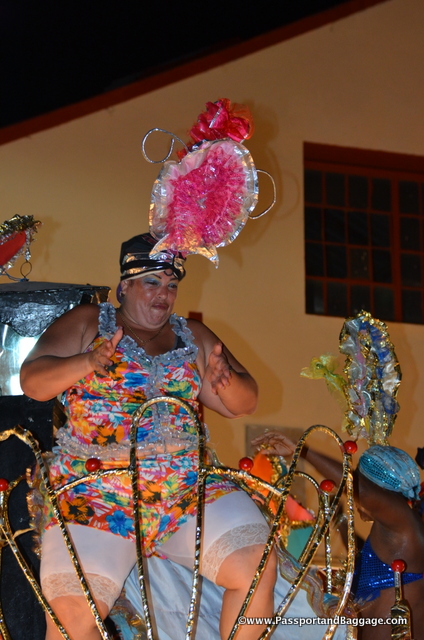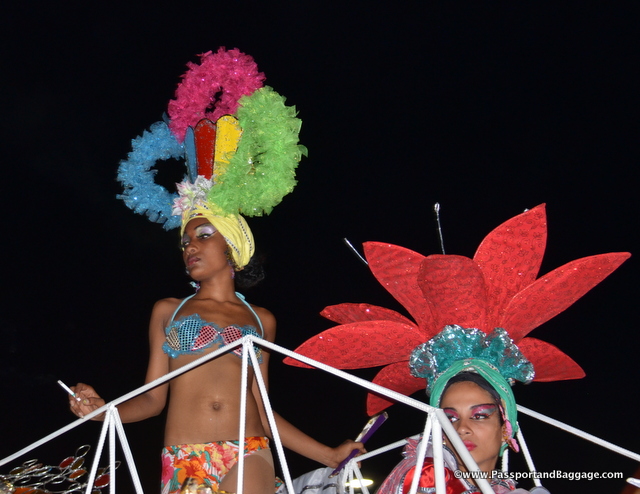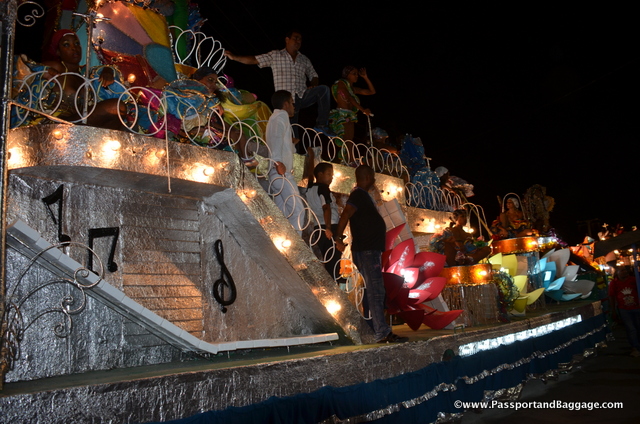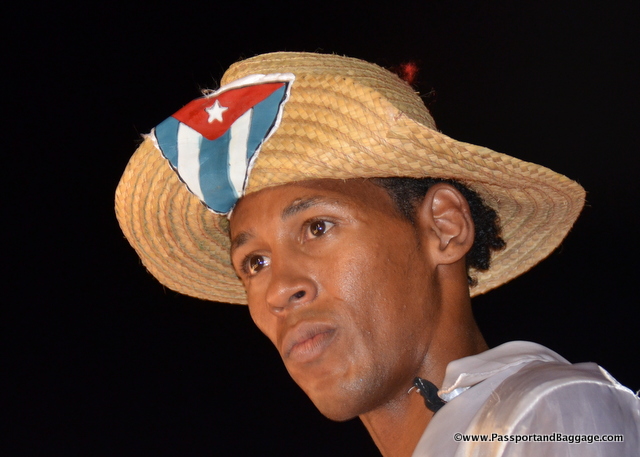 The most famous of all Cuba festivals is the Carnaval of Santiago de Cuba. The festival is held annually from July 18 to 27.
The most famous of all Cuba festivals is the Carnaval of Santiago de Cuba. The festival is held annually from July 18 to 27.
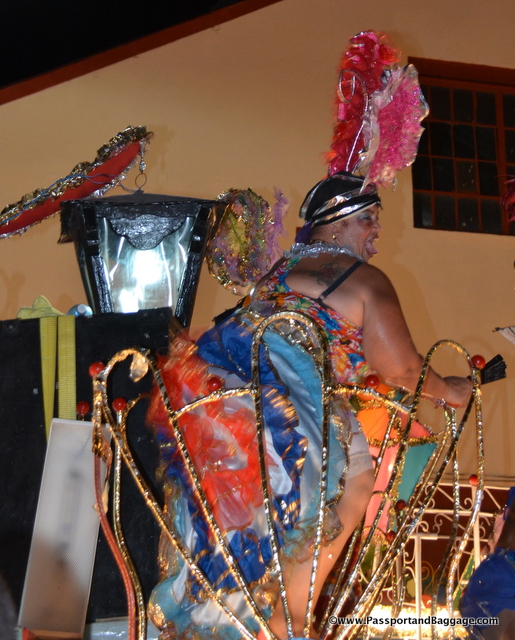 While there is quite a lot of history, I asked the Cubans themselves what Carnaval is to them, and the most common answer, after the obvious, one week off a year, was the tradition. This tradition is similar to what one would expect of long holidays around the world; family, togetherness, dancing, music and great food.
While there is quite a lot of history, I asked the Cubans themselves what Carnaval is to them, and the most common answer, after the obvious, one week off a year, was the tradition. This tradition is similar to what one would expect of long holidays around the world; family, togetherness, dancing, music and great food.
Like many other Cuban festivals, the Santiago carnival began as a religious event: the saint day of Santiago (St. James) is July 25. The festivities became a time for celebration by Santiago’s slaves, who introduced some of the dance, music, and costumes still typical of the Santiago carnival. Over the years, the carnival incorporated elements of African, Spanish, French, and communist Cuban traditions and culture.
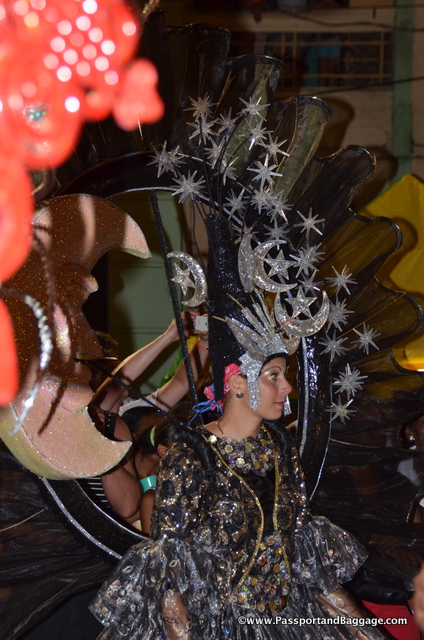 What is today called the Carnaval of Santiago de Cuba is not a manifestation of pre-Lenten carnival, which would be celebrated in February or March, but evolved out of the summer festivals formerly referred to as the Fiestas de Mamarrachos. Mamarrachos were held on June 24 (St. John’s Day), June 29 (St. Peter’s Day), July 24 (St. Christine’s Day), July 25 (St. James the Apostle’s Day) and July 26 (St. Anne’s Day).
What is today called the Carnaval of Santiago de Cuba is not a manifestation of pre-Lenten carnival, which would be celebrated in February or March, but evolved out of the summer festivals formerly referred to as the Fiestas de Mamarrachos. Mamarrachos were held on June 24 (St. John’s Day), June 29 (St. Peter’s Day), July 24 (St. Christine’s Day), July 25 (St. James the Apostle’s Day) and July 26 (St. Anne’s Day).
The main activities were music, dancing, and consumption of large quantities of alcoholic beverages, and nothing has changed.
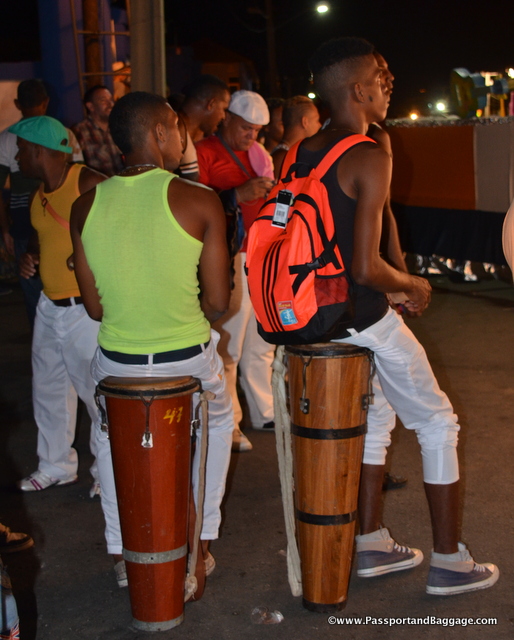 Mamarrachos were held after the end of the sugar cane harvest, or zafra, which runs from January to May. This meant that unemployed sugar cane workers, most of whom were African and mulatto slaves and freedmen, were able to participate. Summer Carnival originally was intended as a period of rest and fun for the laborers (the Blacks) and was eventually nicknamed ‘Carnaval de las classes bajas’ (or Carnival of the lower classes)…” It is said that the Spanish colonial authorities (in response to pressure from plantation owners) permitted the growth of the mamarrachos in order to distract the slaves (and freedmen, who were typically in sympathy with the slaves) from more subversive activities.
Mamarrachos were held after the end of the sugar cane harvest, or zafra, which runs from January to May. This meant that unemployed sugar cane workers, most of whom were African and mulatto slaves and freedmen, were able to participate. Summer Carnival originally was intended as a period of rest and fun for the laborers (the Blacks) and was eventually nicknamed ‘Carnaval de las classes bajas’ (or Carnival of the lower classes)…” It is said that the Spanish colonial authorities (in response to pressure from plantation owners) permitted the growth of the mamarrachos in order to distract the slaves (and freedmen, who were typically in sympathy with the slaves) from more subversive activities.
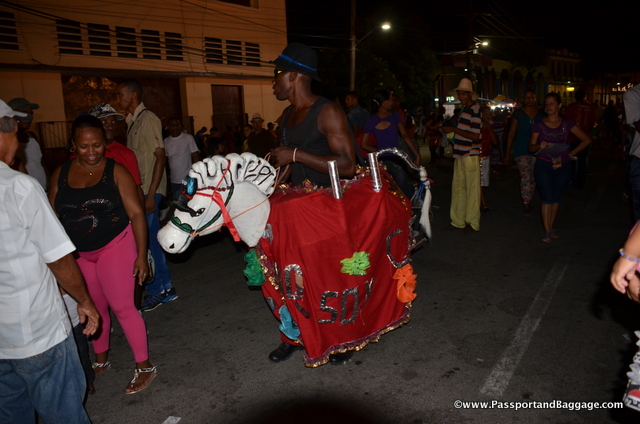 The festival underwent its biggest change in 1902 with the introduction of floats sponsored by big-name companies like Cristal Beer and Tropicola. At that time the celebration was transformed from a marginal black community event to a citywide popular extravaganza. This concept of sponsorship still exists, and while I asked many Santiagueros how that could occur during a communist regime, most said they had never even noticed and had no idea.
The festival underwent its biggest change in 1902 with the introduction of floats sponsored by big-name companies like Cristal Beer and Tropicola. At that time the celebration was transformed from a marginal black community event to a citywide popular extravaganza. This concept of sponsorship still exists, and while I asked many Santiagueros how that could occur during a communist regime, most said they had never even noticed and had no idea.
Today in Santiago de Cuba, Carnaval is celebrated on July 18–27, in honor of the Revolution, with the final complete Carnaval parade held on the 26th. This date commemorates Castro’s assault on the Moncada barracks in Santiago de Cuba on July 26, 1953, which had been planned to coincide with traditional Carnaval in that city.
Perhaps the most distinctive element of modern-day Carnaval in Santiago is the conga parade that takes place in each neighborhood on the first day of the celebrations. Led by the comparsas, almost everyone in the neighborhood leaves their houses as the performers lead them around the streets in a vigorous parade. Sadly, this occurred the week before I arrived, but here are some photos from outside the front of our house where it passed by.
Further shots of the Parade of Carnaval
While I can’t say enough about how noisy, colorful, crowded and fun, fun, fun, this entire experience is, one must also remember that the temperatures during the day were in the 90s Fahrenheit, and didn’t change but a tad during the evenings.

While not the greatest, as it was very, very crowded, here is a little more with sound.
